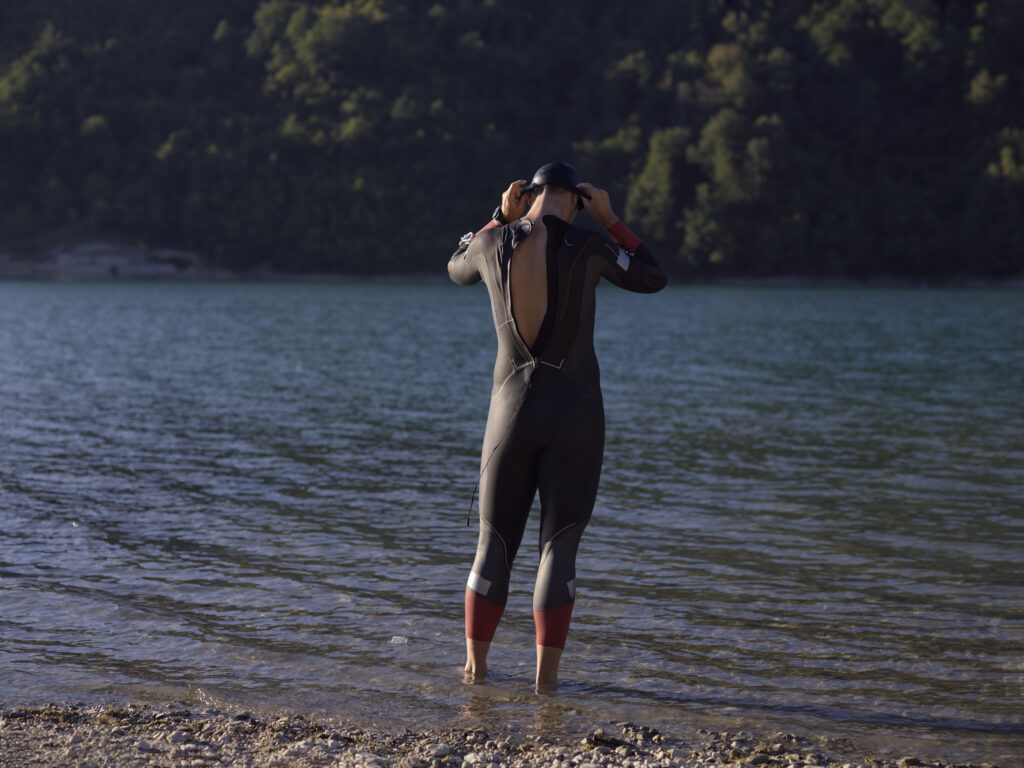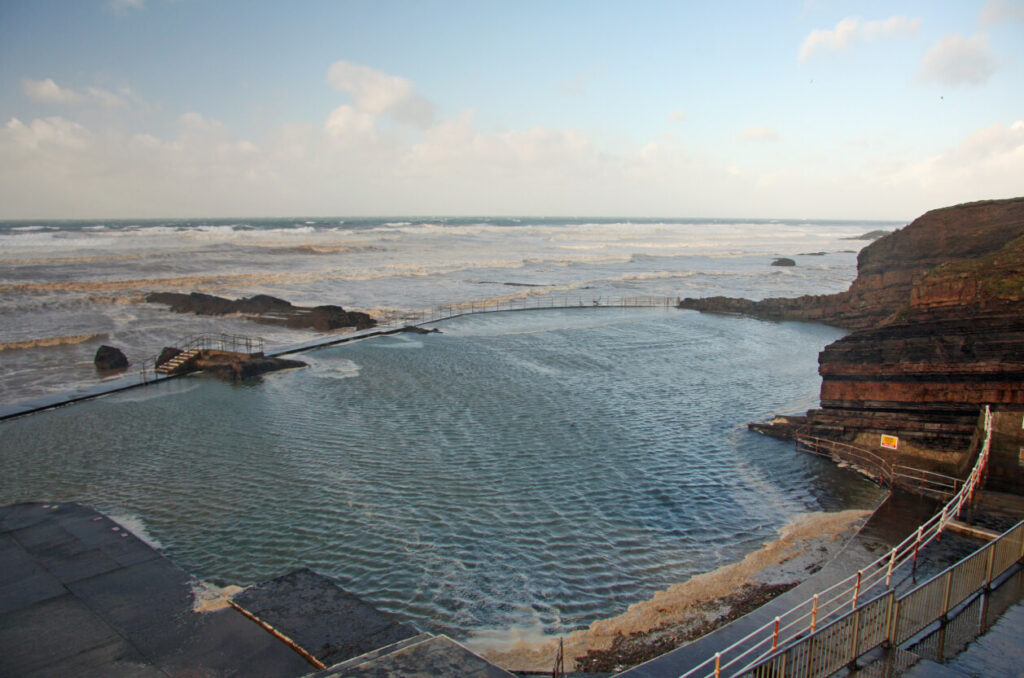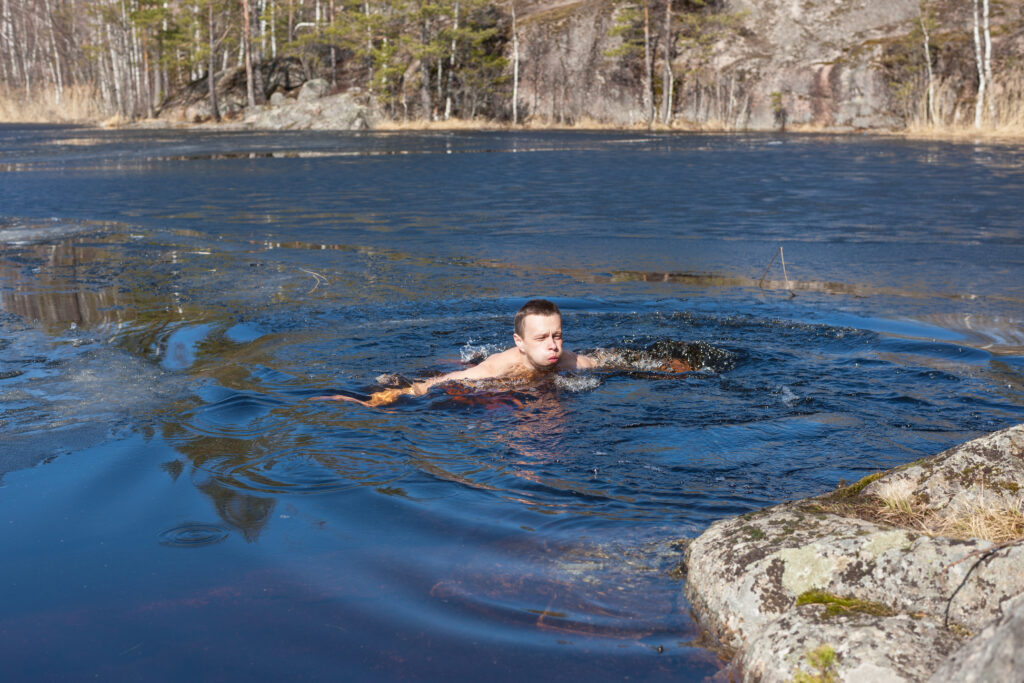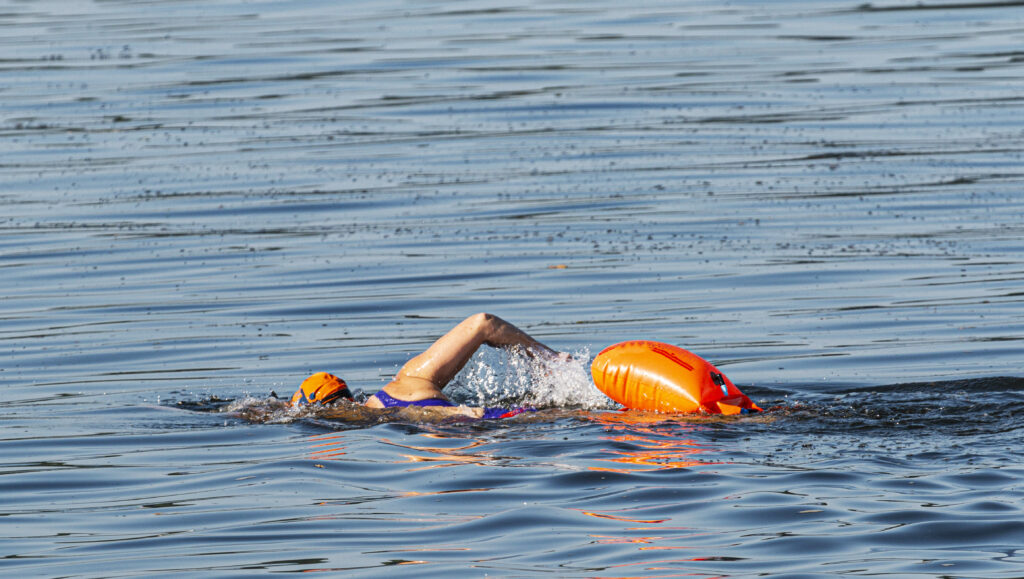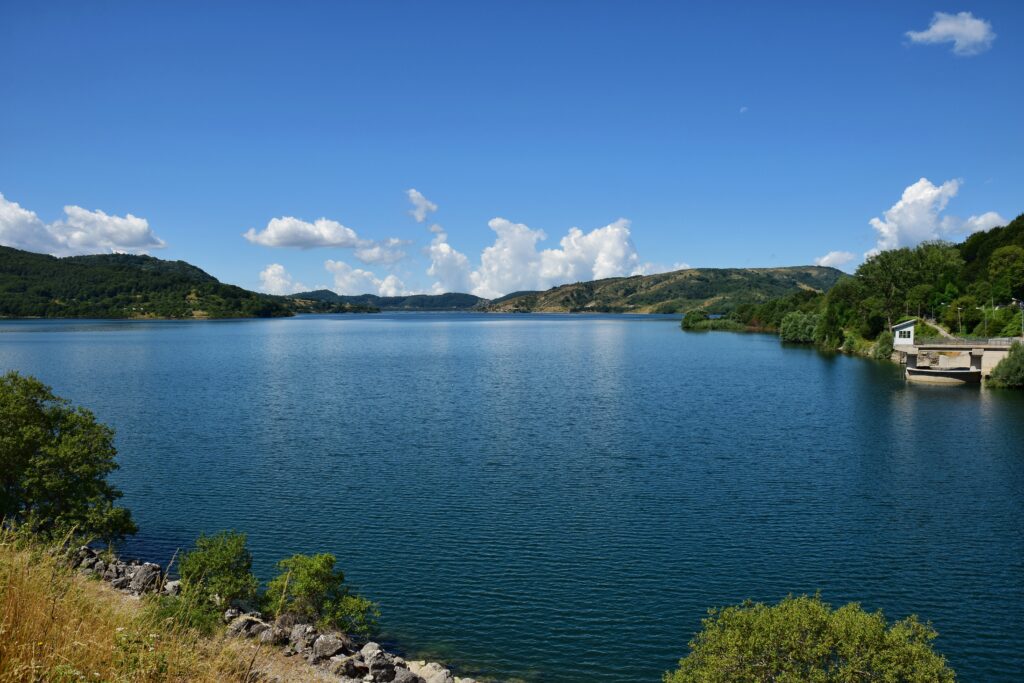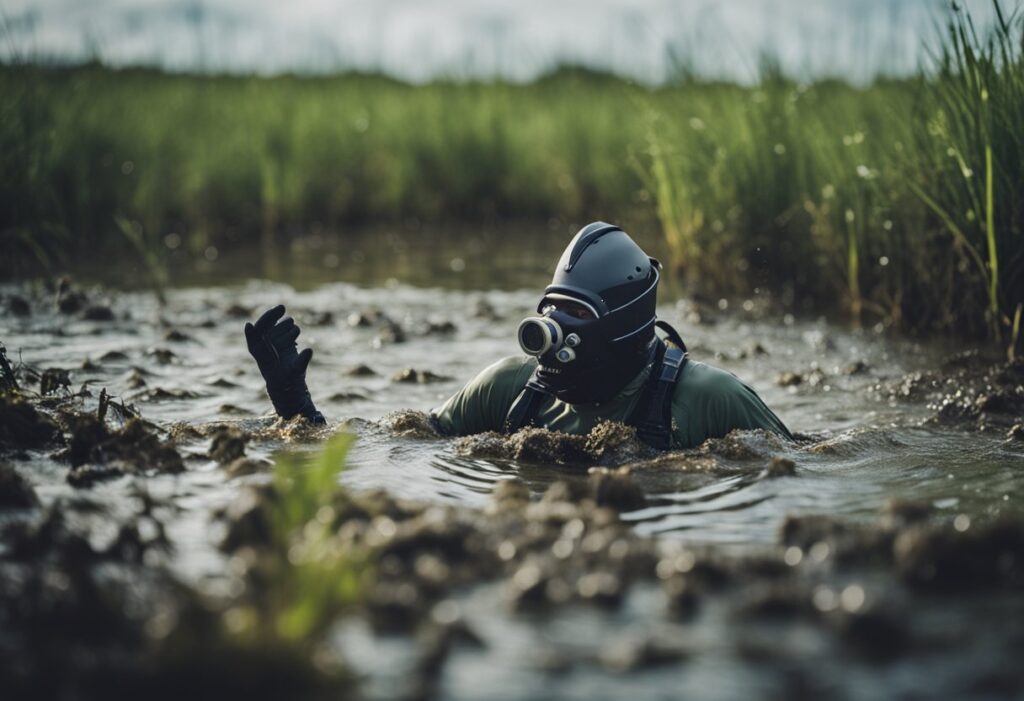Open water swimming can be an exhilarating experience, but it comes with its own set of challenges. One of the biggest challenges is staying warm and safe in the water. When you’re swimming in open water, you’re exposed to the elements, and the water temperature can be much colder than you’re used to. In this article, we’ll explore the best safety measures to keep warm and keep safe when open water swimming.
Understanding open water swimming is the first step to staying safe. Open water can include rivers, lakes, natural pools, and the sea. Each body of water has its own set of challenges, and it’s important to understand the risks associated with each. Preparation is key to staying safe when open water swimming. Before you go, choose your spot, check the weather and tides, acclimate to the water, and make sure you have the right equipment.
Key Takeaways
- Understanding open water swimming is crucial for staying safe.
- Preparation is key to staying warm and safe when open water swimming.
- Safety measures like swimming with a group, wearing a wetsuit, and knowing how to float can help mitigate risks.
Understanding Open Water Swimming
Open water swimming can be a thrilling and rewarding experience, but it’s important to be aware of the risks and take necessary precautions to stay safe. Here are some key things to keep in mind when open water swimming:
Water Temperature
The temperature of the water can have a big impact on your body, especially if you’re not used to swimming in open water. Cold water can cause hypothermia, which can be life-threatening. It’s important to speak to a health care professional to discuss the risks of cold water immersion before you go. Wearing a wetsuit can help protect your body from the cold, but it’s important to make sure it fits properly and is appropriate for the water temperature.
Water Quality
Open water can sometimes be contaminated with bacteria or other harmful substances, especially after heavy rainfall. Before you go swimming, check the water quality at your chosen location. The safest open water spots to swim are lifeguarded/supervised beaches and outdoor pools, as these locations will be regularly checked, managed and often used by swimming, triathlon and lifesaving clubs. These sites have safe swim zones and provide supervision or a lifeguarding service.
Buddy System
It’s always a good idea to swim with a buddy, especially if you’re new to open water swimming. Having someone else with you can provide an extra level of safety and support. If you do decide to swim alone, make sure someone knows where you are and when you’re expected to return.
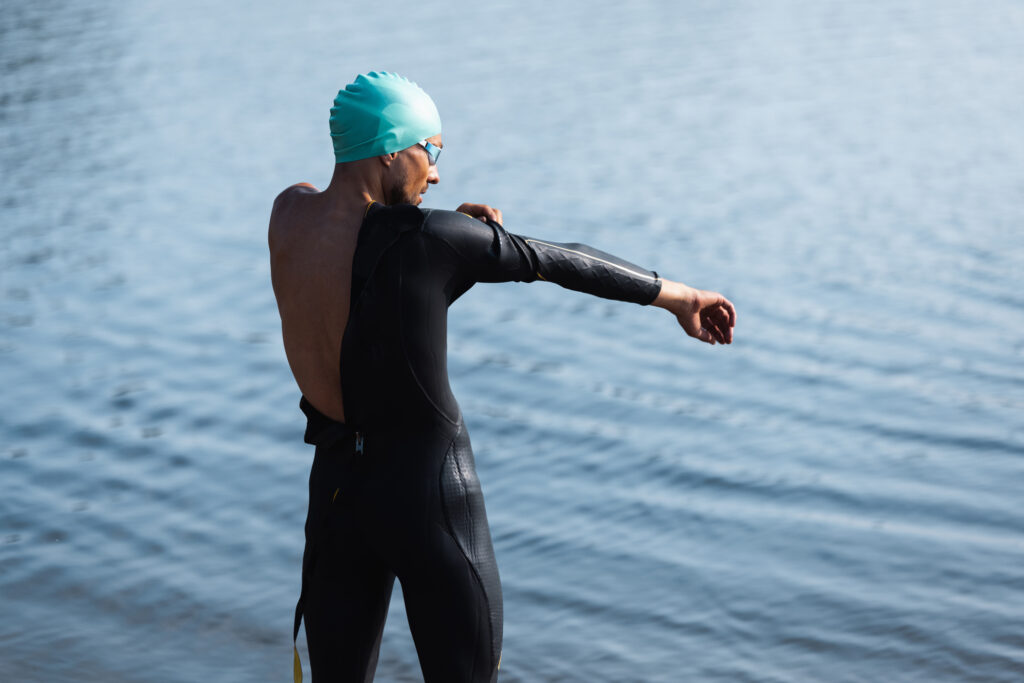
Equipment
Having the right equipment can make all the difference when it comes to open water swimming safety. Here are some things to consider:
- Wetsuits aid exposure to cold water.
- Wear a brightly coloured swimming hat.
- Take a Tow float.
- Warm dry clothes ready – dryrobes are widely used by open water swimmers.
- Warm drink.
- Always wear a buoyancy aid or lifejacket for activities on the water or at the water’s edge.
- Take something to refuel.
Conclusion
Open water swimming can be a wonderful experience, but it’s important to take the necessary precautions to stay safe. By following these tips, you can help ensure that your next open water swim is a safe and enjoyable one.
Preparation for Open Water Swimming
When preparing for open water swimming, it is important to consider several factors to ensure our safety and comfort during the activity. Here are some tips to help us prepare:
Check the weather and water conditions
Before heading out to open water, we must check the weather forecast and water conditions. We should avoid swimming in rough waters, strong currents, or during storms. It is also important to be aware of the water temperature, as cold water can cause hypothermia.
Wear appropriate gear
Wearing the right gear can help us stay warm and safe during open water swimming. Here are some essential items to consider:
- Wetsuit: A wetsuit can help us stay warm in cold water and provide some buoyancy.
- Swim cap: A brightly coloured swim cap can make us more visible to other swimmers and boats.
- Goggles: Goggles can protect our eyes from the sun and water and help us see underwater.
- Tow float: A tow float can help us stay visible to boats and provide extra buoyancy.
- Buoyancy aid: A buoyancy aid can help us stay afloat and provide extra safety.
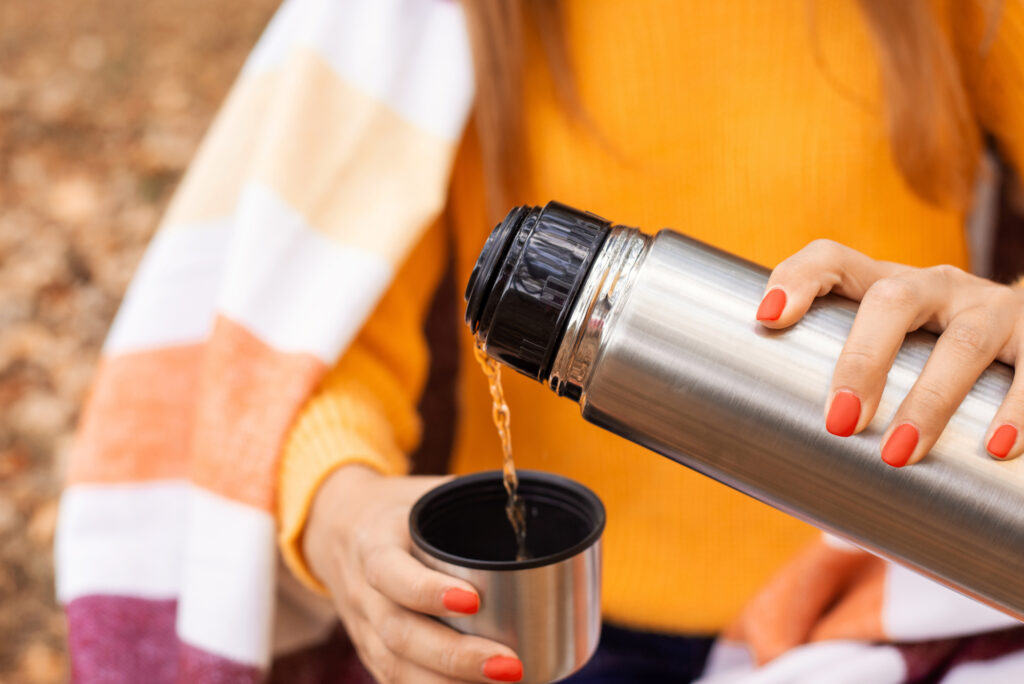
Acclimatise to the water
Before diving into the water, we should take some time to acclimatise to the temperature. We can do this by splashing water on our face and body, or by slowly wading into the water. This will help us avoid shock and hyperventilation.
Swim with a buddy
Swimming with a buddy can provide extra safety and support during open water swimming. We can keep an eye on each other and help each other in case of an emergency.
By following these preparation tips, we can ensure our safety and comfort during open water swimming.
Safety Measures for Open Water Swimming
When it comes to open water swimming, safety should always be a top priority. Here are some safety measures that we can take to ensure a safe and enjoyable swim.
Safety Equipment
Wearing the right safety equipment is crucial for open water swimming. A wetsuit can help to keep us warm and protect us from the cold water. A brightly coloured swimming hat can make us more visible to other swimmers and boats. A tow float can also be useful as it can help us to be seen and provide a place to rest if we need it. It is also important to wear a buoyancy aid or lifejacket for activities on the water or at the water’s edge.
Buddy System
Swimming with a friend or in a group is always a good idea. It can be reassuring to know that someone is watching out for us and we can do the same for them. We can also look out for each other’s safety and well-being. If we do swim alone, we should tell someone where we are going and when we plan to return.
Understanding Hypothermia
Hypothermia can occur when our body loses heat faster than it can produce it. It can happen when we are exposed to cold water for a prolonged period of time. Symptoms of hypothermia include shivering, confusion, and loss of coordination. If we experience any of these symptoms, we should get out of the water and seek medical attention immediately.
In conclusion, open water swimming can be a fun and exhilarating experience, but we must always put safety first. By wearing the right safety equipment, swimming with a buddy, and understanding the signs of hypothermia, we can help to ensure a safe and enjoyable swim.
Ways to Stay Warm While Open Water Swimming
When swimming in open water, it’s important to stay warm to avoid hypothermia and other cold-related illnesses. Here are some tips to help you stay warm during your swim:
Appropriate Swimwear
Wearing the right swimwear can make a big difference in how warm you feel during your swim. Consider wearing a wetsuit if the water temperature is below 16°C. A wetsuit traps a thin layer of water between your skin and the suit, which your body heats up to keep you warm. A neoprene cap can also help to keep your head and ears warm.
Pre-Swim Warm-Up
Before getting into the water, do some light exercise to warm up your body. This will help to increase your core body temperature and prepare your muscles for the swim. Try jogging or jumping jacks for a few minutes before getting in the water.
Post-Swim Recovery
After your swim, it’s important to warm up your body to prevent any cold-related illnesses. Change into warm, dry clothes as soon as possible and wrap yourself in a towel or blanket. Drink a warm drink, such as tea or hot chocolate, to help raise your core body temperature.
In summary, to stay warm while open water swimming, wear appropriate swimwear, do a pre-swim warm-up, and take steps to warm up your body after your swim. By following these tips, you can enjoy a safe and comfortable swim in open water.
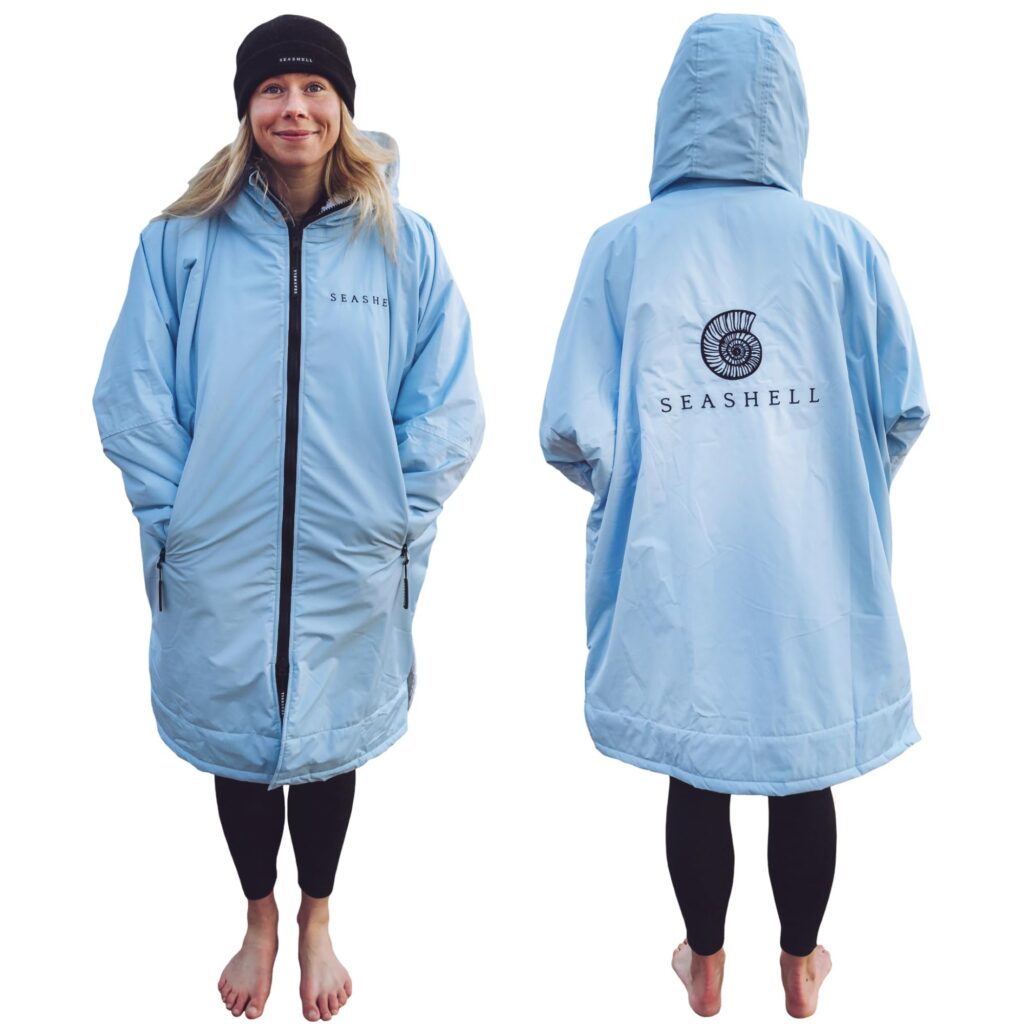
https://swimmersworld.co.uk/best-waterproof-changing-robes-top-picks-for-2023/
Common Risks and How to Mitigate Them
Open water swimming can be an enjoyable and invigorating experience, but it also comes with its own set of risks. Here are some of the most common risks associated with open water swimming and how we can mitigate them:
Cold Water Shock
Entering cold water can cause an involuntary gasp reflex, leading to inhalation of water and drowning. To mitigate this risk, we should enter the water slowly and allow time for our body to get used to the cold. We should never jump or dive straight in, as this could cause cold water shock. To help ourselves acclimatise, we can splash the cold water on our neck and face. We should also avoid holding our breath for an extended time when we first enter the water.
Hypothermia
Prolonged exposure to cold water can lead to hypothermia, which can be life-threatening. To mitigate this risk, we should wear a wetsuit or other appropriate cold-water gear. We should also avoid swimming alone and ensure that someone on shore is aware of our swimming plans and can raise the alarm if necessary.
Cramps
Muscle cramps can occur during open water swimming, which can be painful and potentially dangerous. To mitigate this risk, we should ensure that we are adequately hydrated before swimming and that we have warmed up properly. We should also avoid overexerting ourselves and should stop swimming immediately if we experience any cramps.
Fatigue
Open water swimming can be physically demanding, and fatigue can set in quickly. To mitigate this risk, we should ensure that we are well-rested before swimming and that we have eaten a balanced meal beforehand. We should also avoid swimming in unfamiliar or challenging conditions and should stop swimming immediately if we feel excessively tired.
Water Quality
Open water swimming can expose us to a range of waterborne pathogens, including bacteria and viruses. To mitigate this risk, we should avoid swimming in areas with known pollution or contamination. We should also avoid swallowing water and should shower thoroughly after swimming.
By being aware of these common risks and taking appropriate measures to mitigate them, we can enjoy open water swimming safely and confidently.
Conclusion
In conclusion, open water swimming can be an exhilarating and enjoyable activity, but it is important to take the necessary precautions to stay safe and warm. By following the tips and advice provided by the Royal Life Saving Society UK, the RNLI, and other reliable sources, we can significantly reduce the risk of accidents and incidents in open water.
When preparing for an open water swim, we should always choose a safe and suitable location, check the weather and tides, and acclimatise ourselves to the water gradually. It is also important to wear the appropriate equipment, such as a wetsuit, swim cap, and goggles, to help regulate our body temperature and protect us from the elements.
During our swim, we should be aware of our surroundings and any potential hazards, such as strong currents, submerged objects, or changing weather conditions. We should also remember to float to live if we get into difficulty, and seek help immediately if we or someone else is in danger.
After our swim, we should take the time to warm up properly, change into dry clothes, and rehydrate with warm drinks. We should also monitor ourselves for any signs of hypothermia or other cold-related illnesses, and seek medical attention if necessary.
By following these simple but effective safety tips, we can enjoy the benefits of open water swimming while minimising the risks. So let’s get out there, stay safe, and make the most of our time in the water!
Frequently Asked Questions
What clothing should I wear for open water swimming in cold temperatures?
When swimming in cold water, it is important to wear appropriate clothing to keep warm. A wetsuit is recommended, as it provides insulation and helps to regulate body temperature. Additionally, a neoprene hat and gloves can help to keep your head and hands warm. It is important to choose clothing that fits well, as loose clothing can let in cold water and make you feel colder.
What gear is recommended for cold water swimming in the UK?
In addition to appropriate clothing, there are several items of gear that can help to keep you safe and comfortable when swimming in cold water. A brightly coloured swim cap can help to make you more visible to other swimmers and boats, while a tow float can provide a handy place to store your belongings while you swim. It is also a good idea to bring a warm drink and some snacks to help you refuel after your swim.
How can I keep my child warm while swimming in a pool?
If your child is swimming in a pool, it is important to make sure they are wearing appropriate swimwear, such as a wetsuit or a rash vest. Additionally, you can help to keep them warm by providing them with a towel to wrap up in after their swim. It is also a good idea to encourage them to move around and stay active, as this can help to generate body heat.
What are the negative effects of swimming in cold water?
Swimming in cold water can have several negative effects on the body, including hypothermia, which is a dangerous condition that occurs when the body’s core temperature drops below normal. Additionally, swimming in cold water can cause muscle cramps, which can be painful and make it difficult to swim. It is important to take appropriate safety precautions when swimming in cold water to avoid these negative effects.
What safety precautions should I take when swimming in open water?
When swimming in open water, it is important to take appropriate safety precautions to stay safe. This includes checking the weather and tide conditions before you swim, and never swimming alone. Additionally, it is important to wear appropriate safety gear, such as a brightly coloured swim cap and a tow float. If you are unsure about the safety of a particular swimming spot, it is always best to err on the side of caution and choose a different location.
Is it safe to swim in UK waters contaminated with sewage?
Swimming in UK waters that are contaminated with sewage can be dangerous, as it can expose you to harmful bacteria and other pathogens. It is important to check the water quality of a swimming spot before you swim, and to avoid swimming in areas that are known to be contaminated. If you do swim in contaminated water, it is important to shower thoroughly afterwards to reduce your risk of infection.
Related article
https://swimmersworld.co.uk/safty-buoy-floats-a-must-have-for-safe-open-water-swimming/

